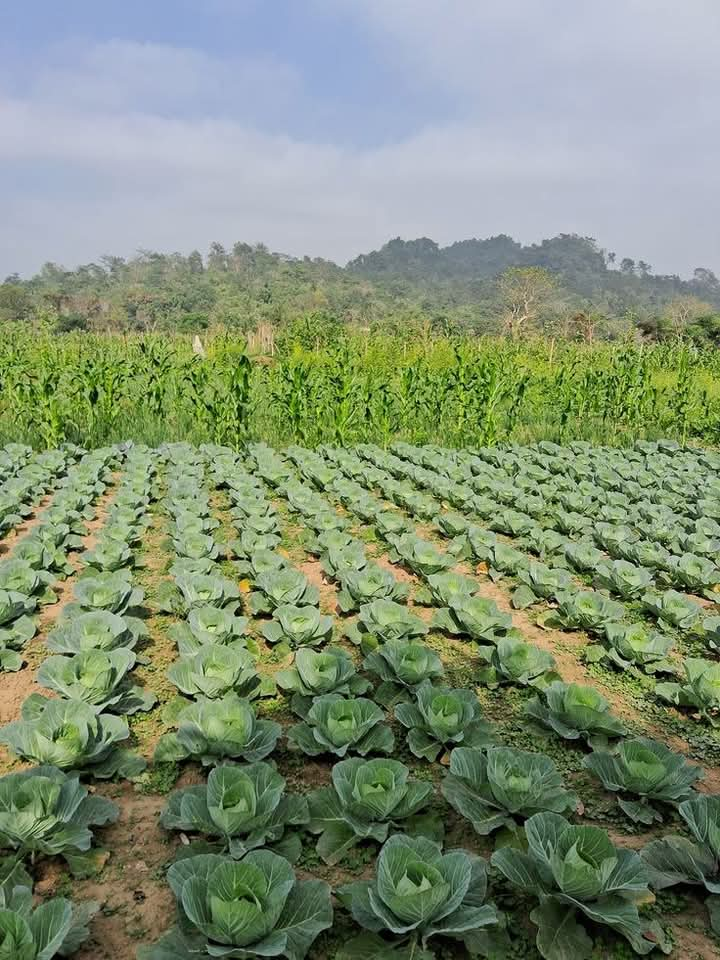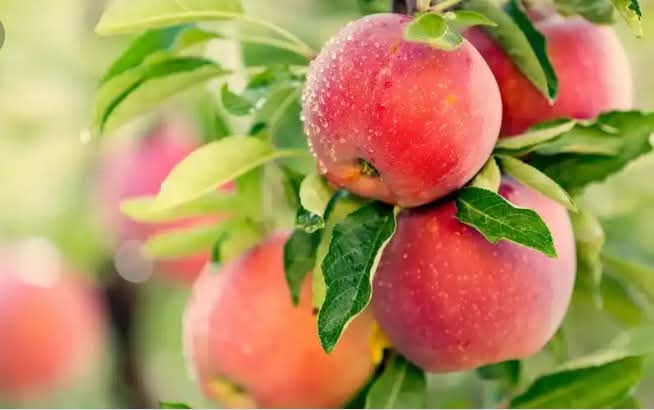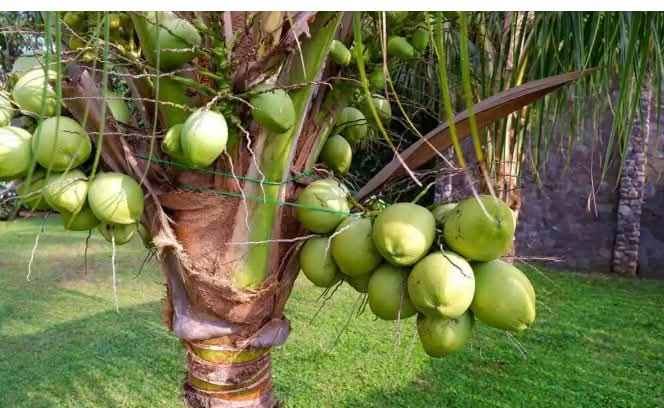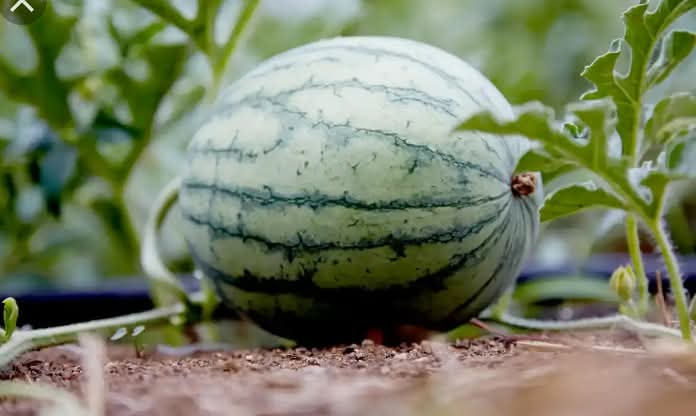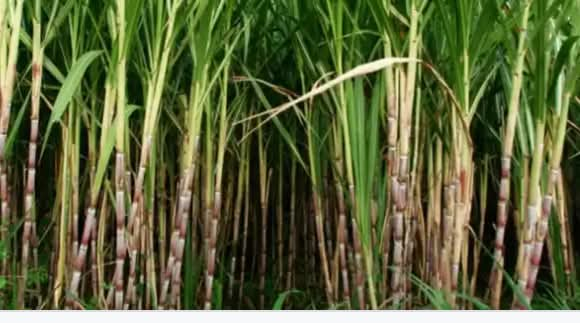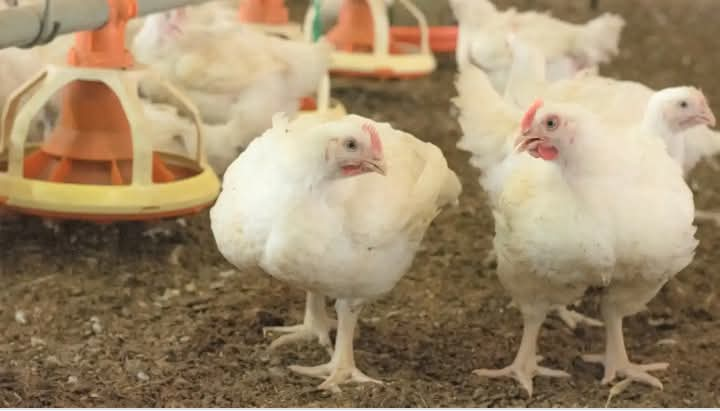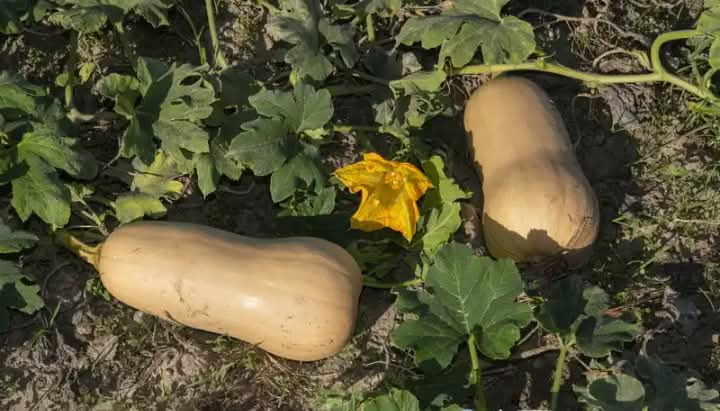Why Is Ifa Bad, But Judaism, Christianity and Islam are Good?
You can be a Lukumi Yoruba Jew, Christian or Muslim and still be proud of Ifá. It is central to Lukumi history and culture and does not negate your new religion. Ifa is not evil. You cannot use Ifá to perpetrate crime or perpetuate injustice. Ifá is just a means of divination that our ancestors consulted to know who was lying during a crisis of confidence, who killed a person who was murdered, who the rightful heir to the throne is where there is no primogeniture, and what course of action to take during a crisis, such as war.
Ifá is not witchcraft, sorcery, or idol worship. It is a system of casting lots. If you read 1 Samuel 14:42, the Israelites used the casting of lots to find out the truth during a crisis of confidence. If you study Acts 1:26, the disciples of Yeshua (Jesus) cast lots to choose Mathias as a successor to Yehuda (Judas). In Quran 37:141, prophet Yunus (Jonah) cast lots.
Why are all these instances of the casting of lots good, but Ifá is bad? Go and study Ifá. They do not consult satan. Ifá believes in the One True God, who is the Ori Tsé (Head Creator), known as Olodumare. This Oritsé has children known as Orișa.
Is that not what we read in the Jewish Tanakh, the Christian Bible and the Islamic Quran? Of one God, who has angelic beings beneath Him, in a divine echelon with Archangels, like Gabriel (Jibril in Arabic), and lesser-ranking angels.
It is not surprising that the casting of lots is in these holy books because it was introduced into Judaism by Moses (Musa), not Abraham (Ibrahim).
Moses was married to a Black African woman-Numbers 12:1, and her Black African father was Moses mentor who taught him about God-Exodus 18:24.
The German polymath Gottfried Leibniz introduced the modern binary code in the 17th century. But the Binary numbering system existed in Ifá millennia before then.
Ifá divination or casting of lots is done by observing the interaction of a binary system of two opposing energies, which are positive and negative. That is how the Ifá priest knows lies from truth and a false heir to the throne from the genuine claimant.
Unfortunately, Nollywood movies have given people the wrong idea. Rituals, skull mining, and other acts of sorcery are juju. They are not Ifá. An Ifá does but use chalk to line one eye. Those are the theatrics of Nollywood.
You say Ifá is bad. Have you ever heard, read or discovered through research that Ifá ever ordered a race of people to be wiped out of the face of the Earth?
Read Deuteronomy 20:16-17. The God of Scripture ordered Moses to kill every man, woman, child and infant of the Hittites, Amorites, Canaanites, Perizzites, Hivites and Jebusites. Those verses read:
However, in the cities of the nations the LORD your God is giving you as an inheritance, do not leave alive anything that breathes. Completely destroy them—the Hittites, Amorites, Canaanites, Perizzites, Hivites and Jebusites—as the LORD your God has commanded you.
If that is done today, you will be guilty of genocide and face trial at the International Criminal Court, like those who perpetrated the Rwandan genocide against the Tutsis.
Am I lying?
An Ifá will never willingly collaborate with satan. But what did Paul say in 1 Corinthians 5:5? He said:
Hand this man over to Satan for the destruction of the flesh, so that his spirit may be saved on the day of the Lord.
We have a responsibility to tell the true story of our history and culture. Otherwise, we will be vultures that feast on the dead cultures of others, which are tossed to us the way you throw a bone at a dog.
Your culture is your roadmap to progress and prosperity. It speaks to you in a way that imported culture cannot. And that is why colonised people who kept their culture, like the Chinese, Indians, and Vietnamese, are processing at a geometric rate, while those who look down on their own culture are today annoyed that President Donald Trump has cut aid to their countries.
Conclusion
Gospeller. Deep Thinker. #TableShaker. Ruffler of the Feathers of Obidents. #1 Bestselling author of Facts Versus Fiction: The True Story of the Jonathan Years. Hodophile. Hollywood Magazine Humanitarian of the Year, 2019. Business Insider Influencer of the Year 2022. 21st Most Talked About Person in Africa, 2024.
